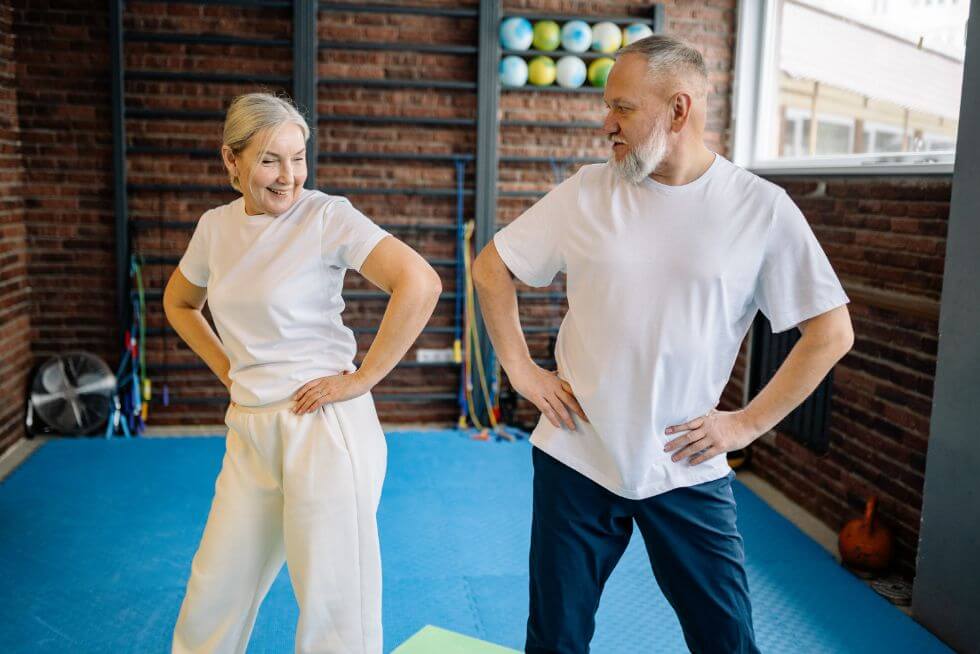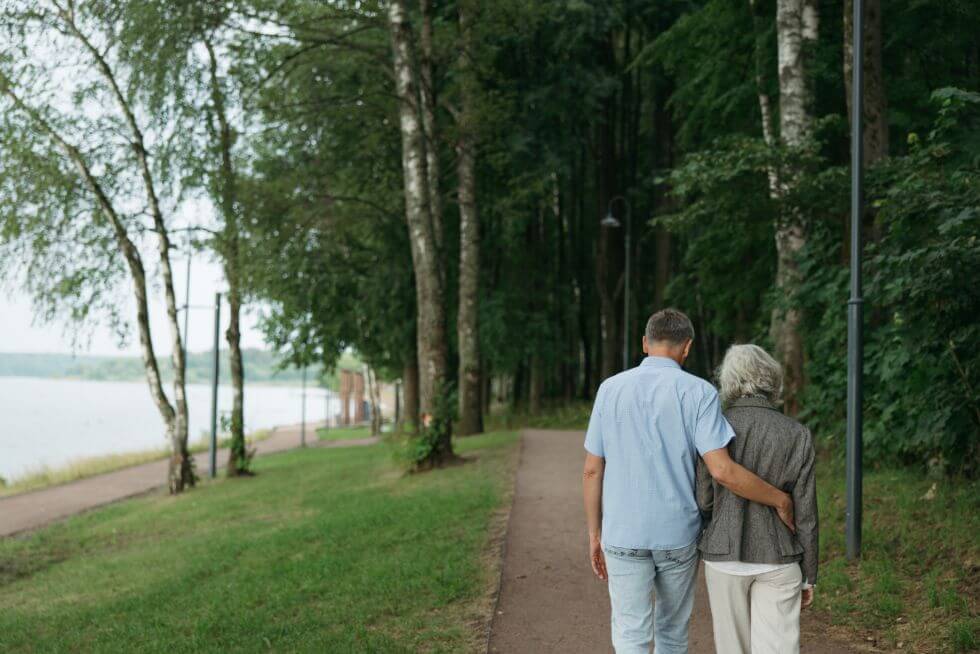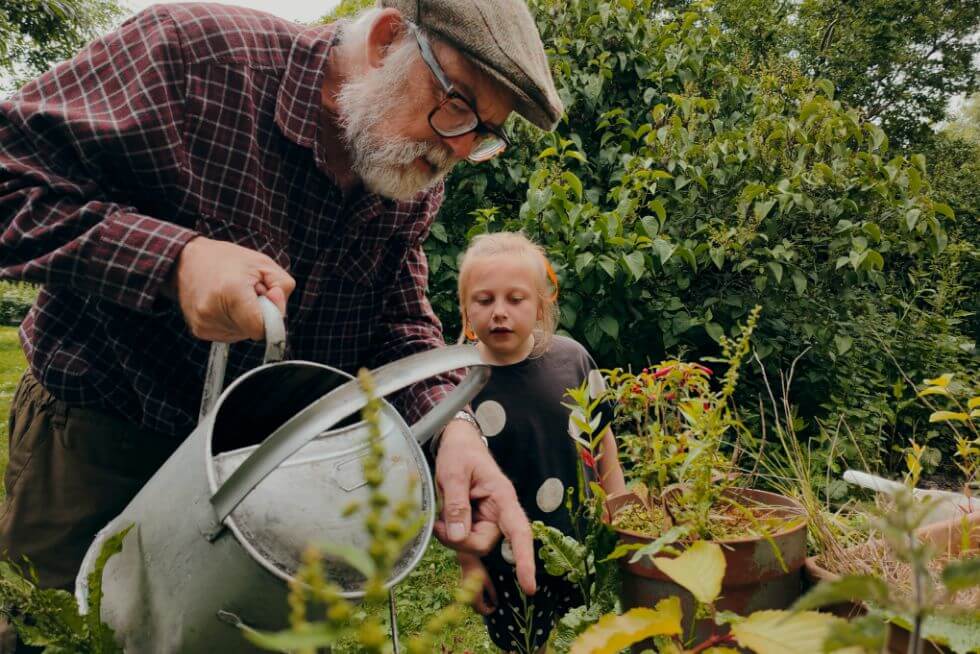As we age, it becomes increasingly important to maintain an active lifestyle. Not only does staying active help seniors maintain their physical health, but it also has numerous mental and emotional benefits.
In this blog, we will explore the importance of staying active for seniors, the benefits of an active lifestyle, the risks of inactivity, and ways for seniors to stay active.
The Importance of Staying Active for Seniors:
As we age, our bodies naturally go through changes that can affect our ability to stay active. These changes can include decreased muscle mass, reduced bone density, and decreased flexibility. However, staying active can help seniors mitigate these age-related changes and maintain their physical and mental health.

Benefits of an Active Lifestyle for Seniors:
- Maintaining a healthy weight: An active lifestyle can help seniors maintain a healthy weight by burning calories and promoting muscle development. This can also help to prevent or manage conditions such as obesity and diabetes.
- Improving cardiovascular health: Regular physical activity can help to improve heart health by increasing blood flow, lowering blood pressure, and reducing the risk of heart disease and stroke.
- Increasing muscle strength and flexibility: Staying active can help seniors build and maintain strong, flexible muscles, which can improve balance and reduce the risk of falls and injuries.
- Improving mental health and cognitive function: Exercise has been shown to improve mood, reduce stress and anxiety, and enhance cognitive function in seniors.
- Reducing the risk of falls and fractures: An active lifestyle can improve balance, coordination, and muscle strength, which can reduce the risk of falls and fractures.
- Improving sleep: Regular physical activity can help seniors fall asleep faster and sleep more soundly, leading to improved overall sleep quality.
- Enhancing quality of life: Staying active can help seniors maintain their independence, social connections, and overall quality of life.
Risks of Inactivity for Seniors:
- Weight gain and obesity: Inactivity can lead to weight gain and obesity, which can increase the risk of a range of health problems, including heart disease, diabetes, and certain types of cancer.
- Increased risk of heart disease and stroke: A sedentary lifestyle can increase the risk of heart disease and stroke by increasing blood pressure and cholesterol levels, and reducing blood flow.
- Decreased muscle strength and flexibility: Inactivity can lead to a loss of muscle strength and flexibility, which can make it harder to move around and increase the risk of falls and injuries.
- Poor mental health and cognitive function: Lack of physical activity has been linked to a range of mental health problems, including depression and cognitive decline.
- Increased risk of falls and fractures: Inactivity can lead to a decline in balance, coordination, and muscle strength, which can increase the risk of falls and fractures.
- Poor sleep: Lack of physical activity has been linked to poor sleep quality and difficulty falling asleep.
- Reduced quality of life: Inactivity can lead to a decline in overall quality of life, including social connections, independence, and overall well-being.
How to Can Seniors Stay Active
Organized Fitness Activities
Joining a fitness class or club tailored to seniors is a great way to stay active. These classes are specifically designed for older adults and offer a range of exercises that are safe and effective. Whether it’s a yoga class or a group fitness class, there are plenty of options to choose from.

Daily Walks
Taking a daily walk is another simple way to stay active. Not only is it good for your physical health, but it’s also great for your mental health as well. Even just a short walk around the neighborhood can make a big difference in your overall well-being.
Low Impact Exercises
Low-impact exercises, such as yoga or tai chi, are also excellent options for seniors. These activities are gentle on the joints and can help improve balance and flexibility. Plus, they’re a great way to reduce stress and improve overall mental health.
Gardening and Homekeeping
Gardening and doing household chores are also great ways to get moving. Whether it’s mowing the lawn or sweeping the floors, these activities can be quite physical and are a good way to stay active.

Swimming
Swimming and water aerobics are also great options for low-impact exercise. These activities are easy on the joints and can provide a full-body workout. They’re also great for those who may not be comfortable with other types of exercise due to physical limitations.
Something Fun and Physical
Finally, trying a new physical activity, such as pickle ball or a Silver Sneakers class, can be a fun and exciting way to stay active. These activities can provide a unique challenge and help keep you motivated to stay active.
Staying active is essential for seniors to maintain their physical and mental health. An active lifestyle has numerous benefits, including improving cardiovascular health, increasing muscle strength and flexibility, and improving mental health and cognitive function. On the other hand, the risks of inactivity are significant and can lead to weight gain, increased risk of heart disease and stroke, and decreased muscle strength and flexibility.
There are many ways for seniors to stay active that can enhance their quality of life and maintain their independence. Take a look at our activities for senior living.


